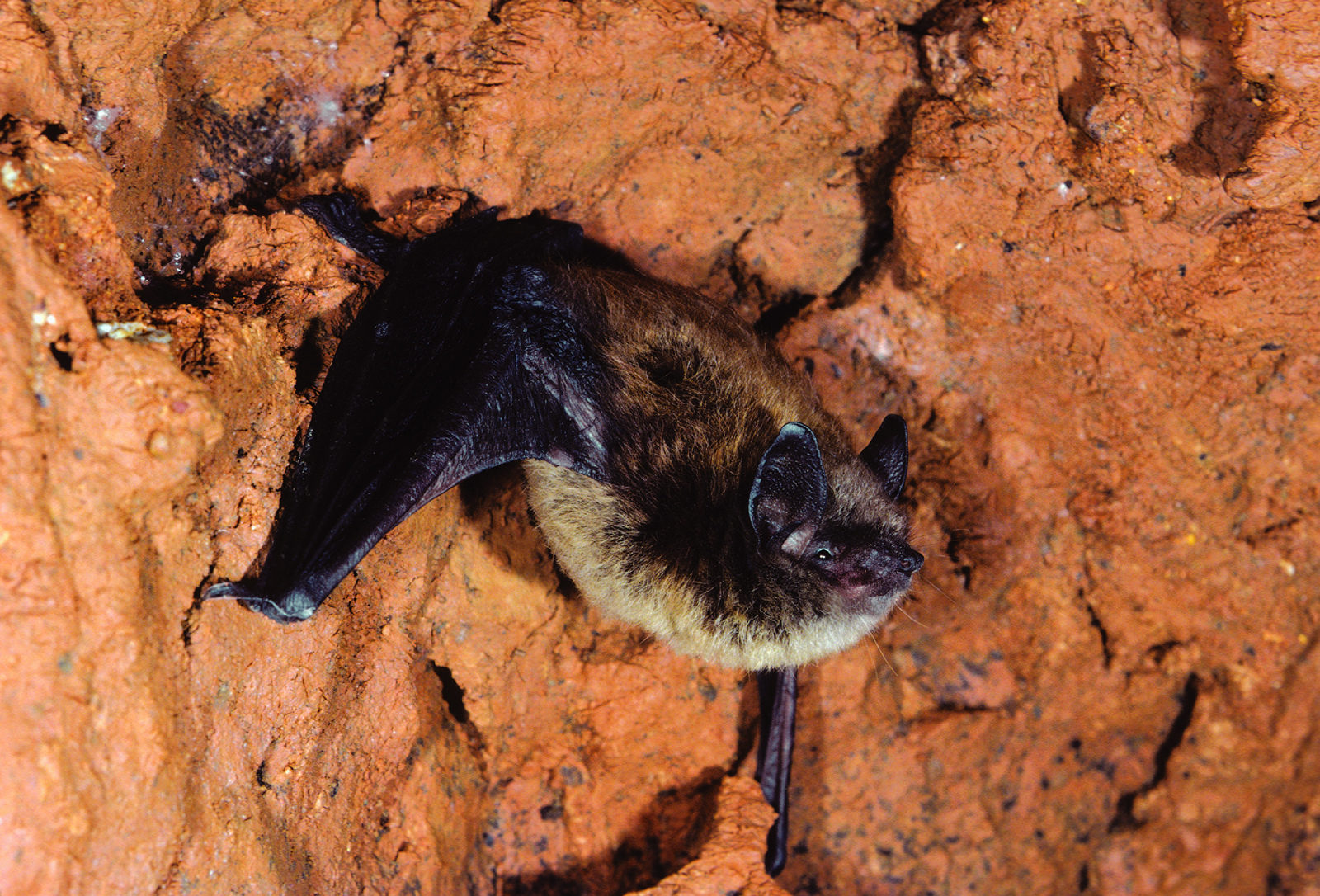Prior to 2006, I could step outside on a warm June evening and count on seeing at least a few bats patrolling the backyard in search of flying insects. The U.S. Fish & Wildlife Service (FWS) reports that each bat eats 50 to 100 percent of its body weight every night. That translates into as many as 4,000 flying insects each night.
Over the last 10 years, I’ve seen fewer and fewer bats. The last two years, I’ve seen none.
It’s no coincidence that the fungal disease called white-nose syndrome (WNS) was discovered in 2006 among hibernating bats in a cave near Albany, New York.
White-nose syndrome is a virulent disease that causes bats to fly during the winter when they should be hibernating. The result is that they burn up their fat supplies, and many die.
Six million have died
A U.S. Fish & Wildlife Service fact sheet published earlier this month reports that since 2006 an estimated 6 million bats have died in the Northeast and Canada. In many caves, mortality runs 90 to 100 percent.
As of this month, the FWS reports that WNS has been confirmed in 31 states including West Virginia, Pennsylvania, Ohio, New York, and Michigan and in five Canadian provinces.
Of the 47 species of bats that live in the United States, more than half hibernate to survive winter, and nine of these have been confirmed with WNS infections.
The fungus has been detected on five additional species, but none of these has developed the disease yet.
Better news
Fortunately, there is some good news on the horizon. Biologists in New York and Vermont report that up to 50 percent of marked little brown bats at several test locations have survived from one winter to the next over recent years.
This suggests that little brown bats, one of the species hit hardest by WNS, can develop resistance to the fungus. And that means that over time, little brown bat populations may slowly recover.
Local populations
Pre-2006, big brown bats and little brown bats were abundant visitors to eastern backyards. In fact, if you’ve ever seen a bat flying in your backyard, it was probably a big brown or little brown bat.
It was with this knowledge that I attended a meeting of the West Virginia chapter of The Wildlife Society back in March. One of the presentations was a survey of local bat populations by Jesse De La Cruz, a bat specialist who works for an ecological consulting firm.
After his talk, I introduced myself and explained that I lived near some of his study sites. I invited him to cruise my property, and he agreed to do a brief survey.
He arrived one morning in mid-April and walked the property to evaluate it as bat habitat. He thought it looked promising and agreed to return in a few weeks to set up several listening stations to record the ultra sonic, species-specific vocalizations that bats emit. The recorders operated only at night.
When Jesse returned to pick up the recording devices, he quickly determined that bats had been detected. Since my wife and I had not seen any bats for several years, I was pleasantly surprised. Jesse said he’d get back to me with more detailed results after he had a chance to analyze the recordings.
A few days later I received an email confirming recordings of four bat species — big brown bat, red bat, northern bat, and hoary bat.
Not only did Jesse confirm the presence of bats on our property, he established that we actually host a community of at least four species. And since the purpose of this survey was limited, it’s possible that we might find other species in the future.
The next step is for Jesse to send in technicians to set up some nets. Then bats can be captured and marked to get a better understanding of population sizes. I’ll keep you posted on the results.













